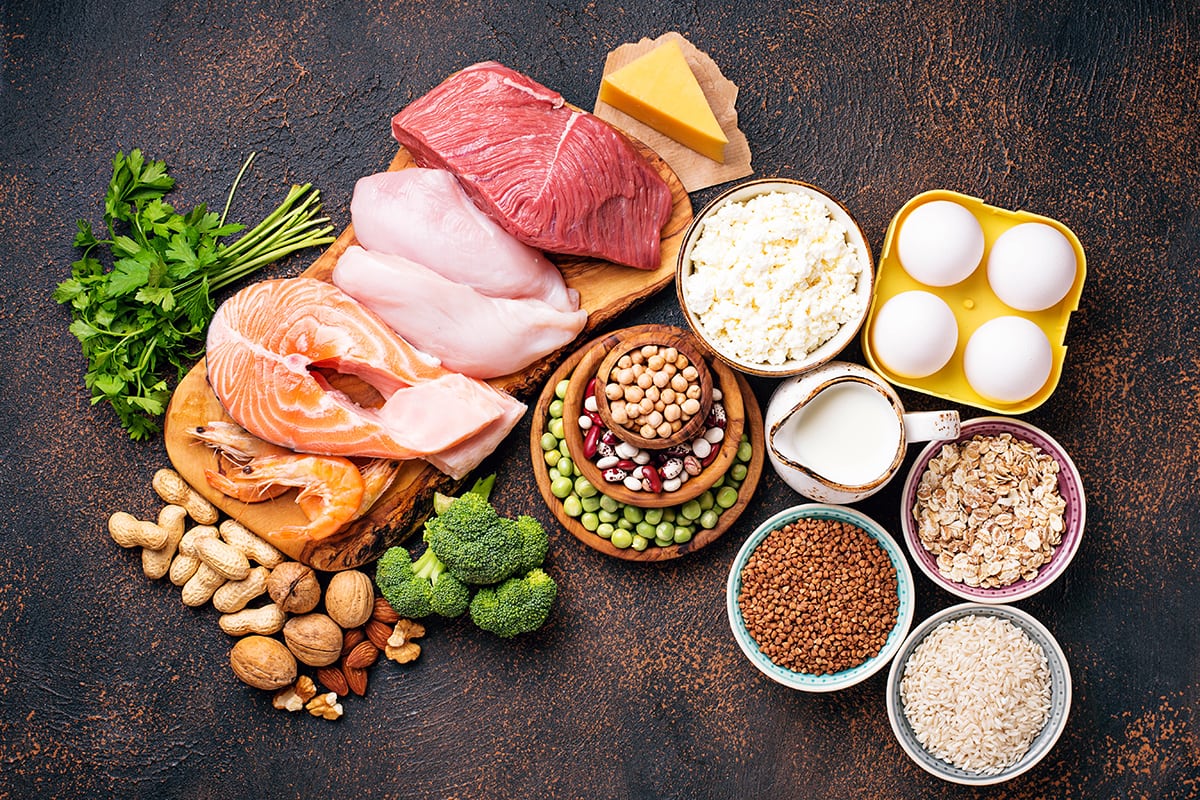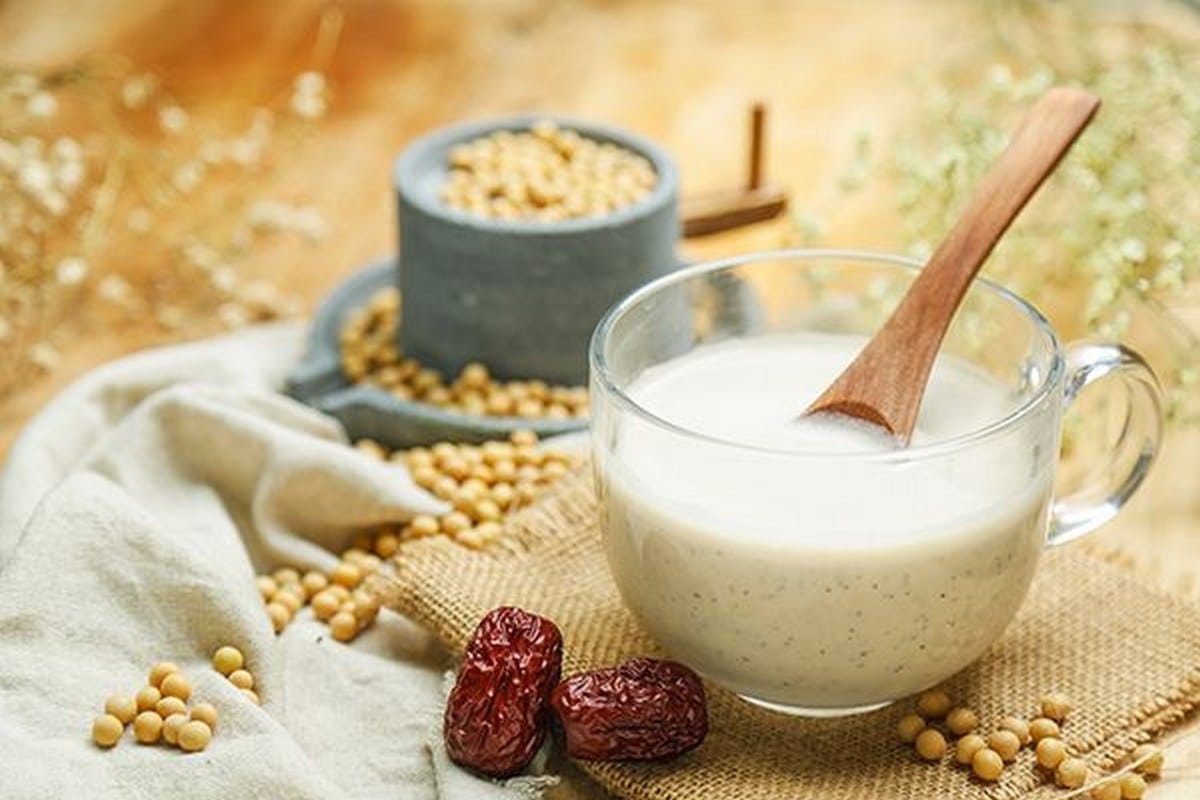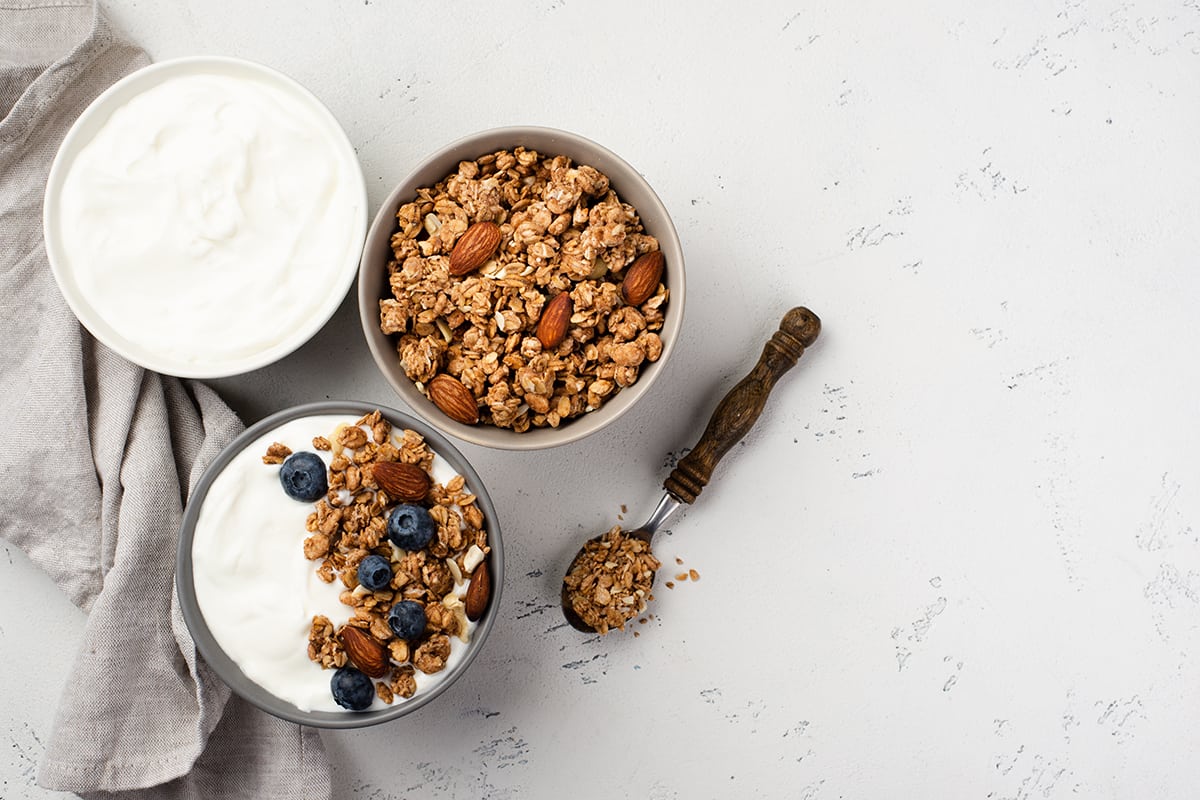Myths and truths about bread

Bread is a staple food in many countries and has been consumed worldwide for millennia. It is usually made from dough, flour and water and is available in many varieties. Despite its widespread popularity, bread has in recent years been described as unhealthy, harmful and fattening. What are the truths and what are the myths?
Table of Contents
White bread has no fiber at all
Myth. White bread has as much fiber but not as much as black bread. Fiber is a type of carbohydrate that the body cannot digest. They are mainly found in fruits, vegetables, whole grains and legumes. To make white flour, companies remove the outer part (bran) of the seed that contains most of its fiber. This is why wholemeal bread has a higher fiber content than white bread, and is a different color. A slice of standard white bread has about 1 g. fiber, while a slice of wholemeal bread weighs up to 3 grams [1]. Today, some growers add durable starch or other fiber, so a slice of this fortified white bread can have 2 g. fiber or even more than black bread.
Bread causes digestive problems in most people due to its gluten
Myth. Wheat, rye and barley products contain gluten, a type of protein that gives bread its elastic texture. Some people cannot tolerate gluten, such as those suffering from celiac disease, an autoimmune disorder. In the case of celiac disease, gluten damages the lining of the small intestine, preventing the absorption of nutrients. Evidence shows that about 1% of people have celiac disease.
In addition, some people may be sensitive to gluten – without having celiac disease – which can cause problems such as bloating, diarrhea and stomach pain. And these people should avoid gluten-free bread. However, the total number of people who may have a problem with gluten does not exceed 10%. The remaining 90% have no reason to avoid bread. In contrast, some studies show that a gluten-free diet has a lower nutritional value (eg more fat, less fiber and vitamins and minerals). Note that there are also gluten-free breads, usually made from brown rice, potato flour or oats.
White bread raises blood sugar
Truth. Bread is high in carbohydrates and is a product that, even if it has fiber, is quickly digested. The body breaks down carbohydrates into glucose, leading to increased blood sugar levels. Bread has a high glycemic index (GI) – a measure of how fast food raises blood sugar levels. This means that it raises blood sugar quickly and triggers insulin. High-carbohydrate diets may be associated with a higher risk of type 2 diabetes and metabolic syndrome, a complex of health conditions that increase the risk of heart disease [3, 4]. However, wholemeal bread, along with the various seeds added to its varieties, can slow the rise in blood sugar.
Bread is fattening
Myth. It is not true that bread has a lot of calories and in this sense it is not fattening. There is no need to remove the bread when trying to lose weight. To lose weight, the calories you take in must be less than what you spend. This means that you need to reduce the total calories you consume and increase your physical activity. Some wholemeal breads provide a lot of fiber which increases the feeling of fullness. However, if you like bread very much, you can get carried away and consume large amounts because it can be very tasty. Bread can become one of the addictive foods.
The idea that bread is fattening comes from the fact that it has a high glycemic index, which can lead to overeating. For example, a study in 571 adults linked high GI food intake to increased body weight. But bread is usually eaten with other foods and the glycemic index of a meal is affected by many things such as e.g. meal fat and protein. By construction, GI refers only to individual foods that contain a lot of carbohydrates and cannot predict the GI of a meal.
Bread may contain anti-nutritional ingredients
Truth. Cereal seeds contain anti-nutritional ingredients, ie some plant compounds that prevent the absorption of certain metals. They are high in phytic acid, which binds to iron, zinc, magnesium and calcium, preventing their absorption [6, 7]. Most metals in wheat kernels are present as complexes with phytic acid. The content of phytic acid ranges from 200 to 400 mg per 100 g. in white flour and 600 to 1,000 mg per 100 g. in wholemeal flour. In bran, it ranges from 3,116 to 5,839 mg per 100 g. dry weight [8].
At Vita4you.gr you will find a wide variety of organic foods!
References
- Scientists find secret to healthier white bread.
- Non-celiac Gluten Sensitivity: Literature Review.
- Carbohydrate Quality and Quantity and Risk of Type 2 Diabetes in US Women.
- High carbohydrate intake from starchy foods is positively associated with metabolic disorders: a Cohort Study from a Chinese population.
- Association between Dietary Carbohydrates and Body Weight.
- Phytic Acid in Health and Disease.
- Phytate in Foods and Significance for Humans: Food Sources, Intake, Processing, Bioavailability, Protective Role and Analysis.
- Wheat bran: its composition and benefits to health, a European perspective.
Disclaimer
The content of this blogspot is not and can not be considered as medical advice, diagnosis or treatment. All information is provided to readers solely for informational purposes. There is no intention to substitute this content for personalized medical advice, diagnosis, prognosis or treatment.









Leave a comment